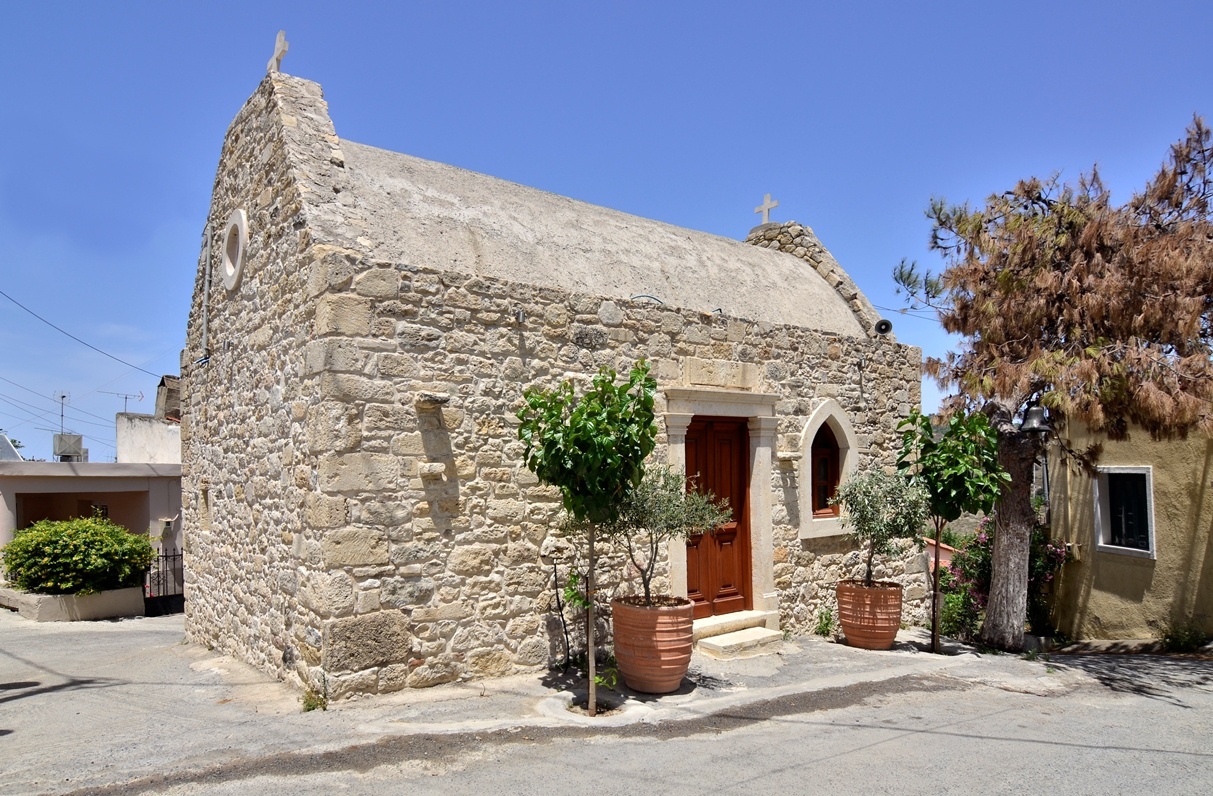
On the left bank of the valley of the River Karteros, there is the traditional hamlet of Astrakoi. In the past there used to be two parts, Pano and Kato (Upper and Lower) Astrakoi, but today only the Upper part is inhabited. The location has an unusual energy, enhanced by the presence of the old deserted Muslim quarters in Kato Astrakoi. If you follow the dirt road from the hamlet, leading here, you can see ruined traditional houses, the architectural features of which have remained the same since they were deserted by their inhabitants.
The oldest reference to the hamlet is found in a 1271 contract prepared by Chandax notary public Pietro Scardon. All Muslim inhabitants of Astrakoi left with the exchange of populations in 1924 and families from Asia Minor settled at the village.
Along the road leading to the village of Astrakoi in the deserted hamlet of Kato Astrakoi, there are the ruins of a three-aisled Byzantine church dedicated to St. George. At a distance of about 100 metres from it there is a ruined church of Panagia (Virgin Mary) with relics of icon paintings and a crown with four roses in relief, a depiction of a Byzantine double-headed eagle above its front door and the date 1555. Quite possibly, this crown was the coat of arms of the Kallergoi House, descendants of the grand Byzantine Phokas family.
If you find yourself in the village, visit the church of Michail Archangelou (Archangel Michael) and look for the icon of St. Francis.
Very close to the hamlet, archaeologists brought to life part of a Minoan cemetery of the Mid-Palatial period (1380-1100 B.C.) with carved tombs, which contained clay box-like sarcophagi, ceramic vases and a stone lamp. Furthermore, in the same hamlet, at Kastrinakis location in Kaki Rahi, there has been partial excavation of the Early Geometric period (1100-900 B.C.) cemetery with burials in pits containing clay vases and objects made of iron.
Furthermore, below the village, at ‘Astrakiano Gorge’, north of the Astrakoi Bridge, there is the cave called Neraidospilios.



